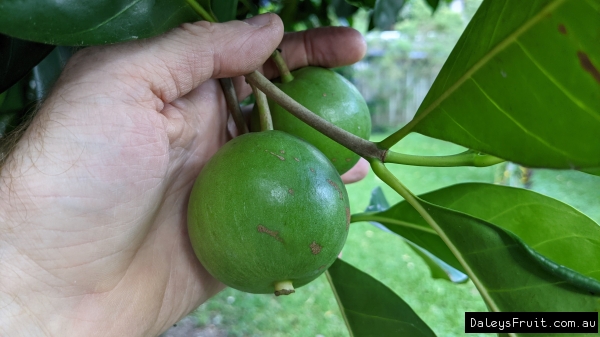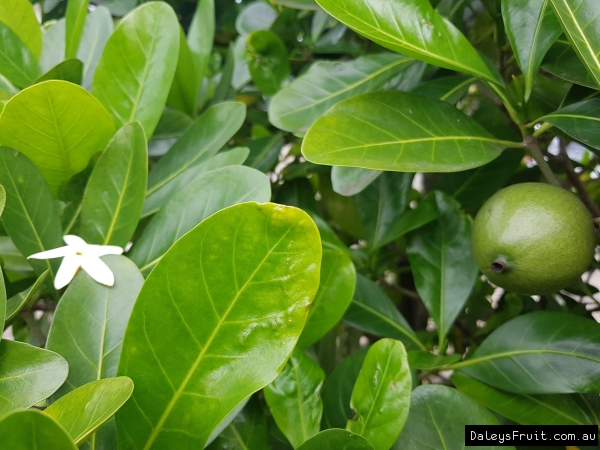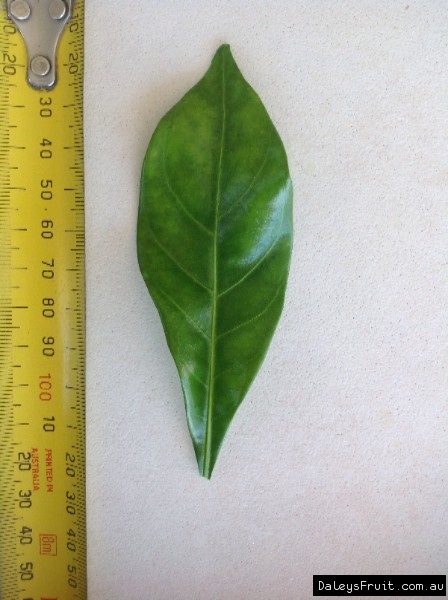Native Gardenia
Atractocarpus fitzalanii$3.90 ($3.90-$18.75 choose a size)
Specifications of Native Gardenia
Preferred Climate SubtropicalLearn About Climate Zones
Grown From SeedlingLearn About Propagation Methods
Max Height (when in the ground with good conditions) 2-5m
Plants required to Pollinate 1 (Self Pollinating)Learn about Pollination
Can it Handle Frosts? Likes Temps above 5deg
Amount of leaves in Winter? All Leaves (Evergreen)
Water Requirements Moderate Watering
Is it a Dwarf Fruit Tree? No (Full Size)
Time to Fruit/Flower/Harvest 4-5 Years
Sun or Shade Full (Sun:80%-100%), Part (Sun:50-80%)
Preferred Soil Type Good Drainage
Soil pH Moderately Acidic (5.5-6.5), Neutral (6.6-7.3pH)
Customers also bought
These plants are often purchased together. Also check plant information for suitability in your orchard.
Davidsons Plum - QLD
$14.75 ($4.90-$99.00 choose a size)
Davidson Plum NSW
$19.75 ($4.90-$24.75 choose a size)
Cinnamon Myrtle
$14.90 ($14.90-$19.90 choose a size)
Dwarf Mulberry - Red Shahtoot
$49.00 ($29.00-$99.00 choose a size)
Dwarf Apple - Tropic Sweet
$49.00 ($49.00-$79.00 choose a size)
Macadamia Bush Nut
$3.75 ($3.75-$24.75 choose a size)
Customer Tips & Reviews Native Gardenia
MOUNT BARKER, WA, Australia
Awesome tropical feel and Garcinia vibes to the growth appearance.
Keperra, QLD, Australia
Recently planted but going great in a small spot between mock orange and lilly pilly 'aussie southern.










































